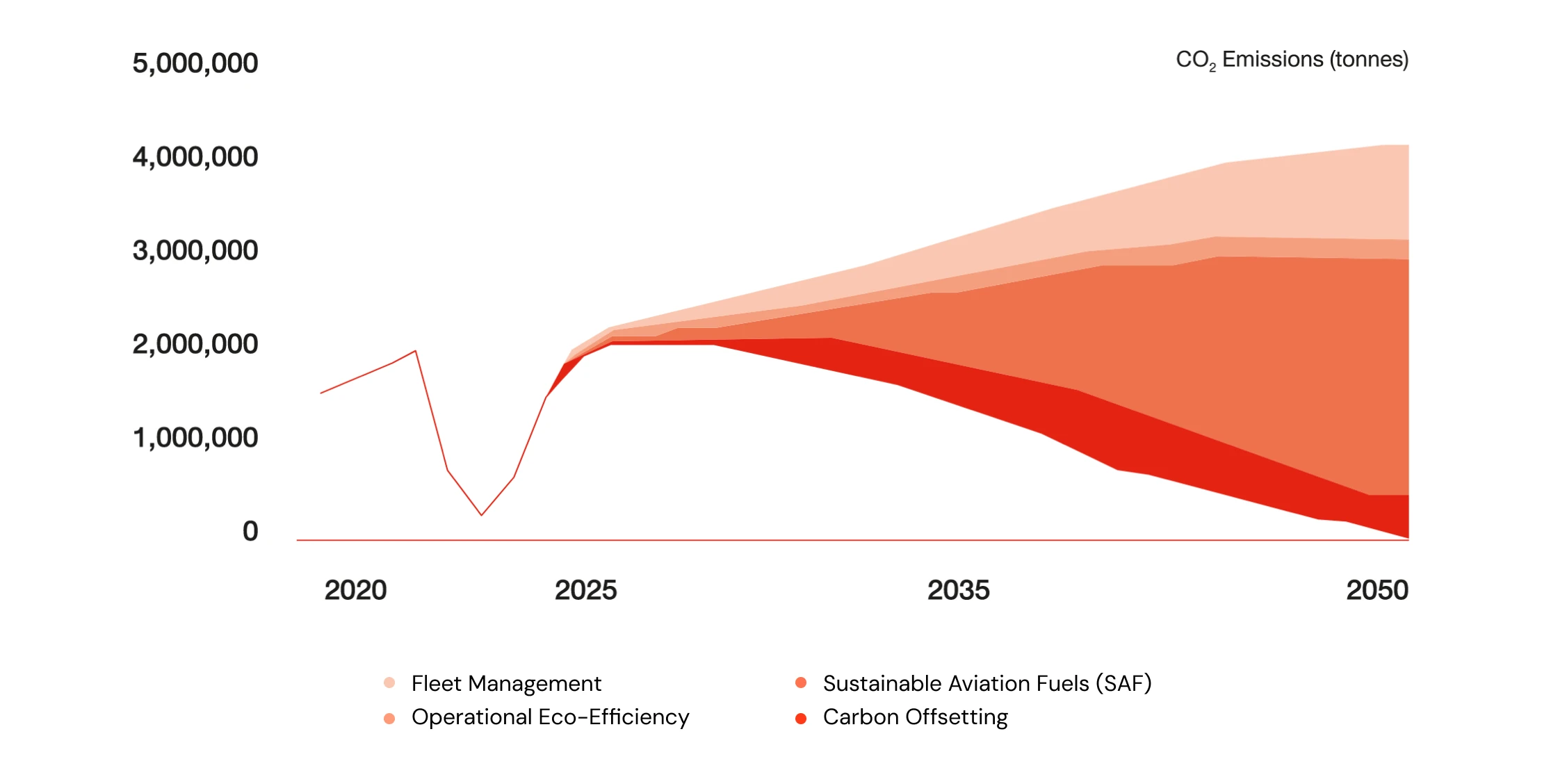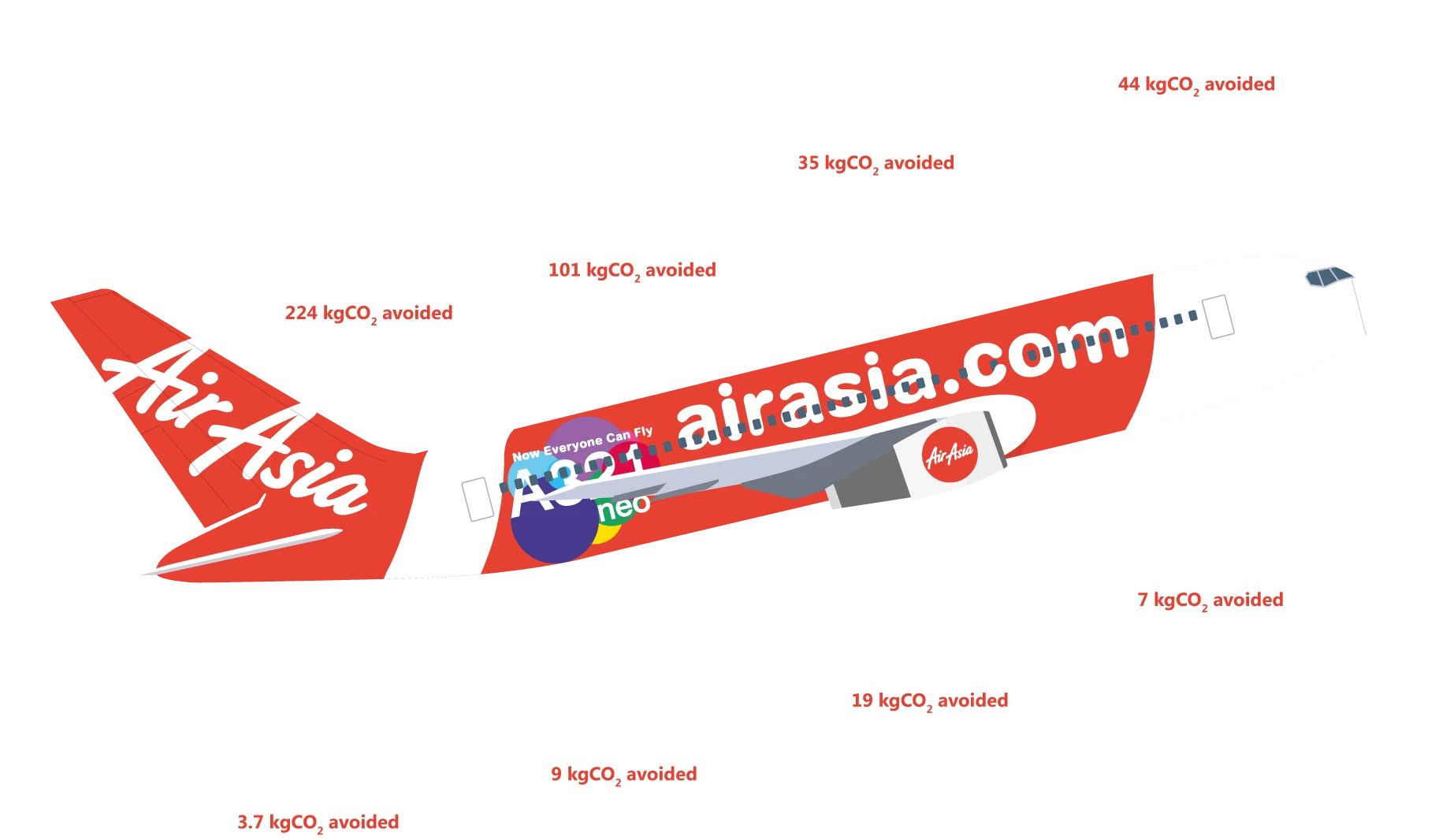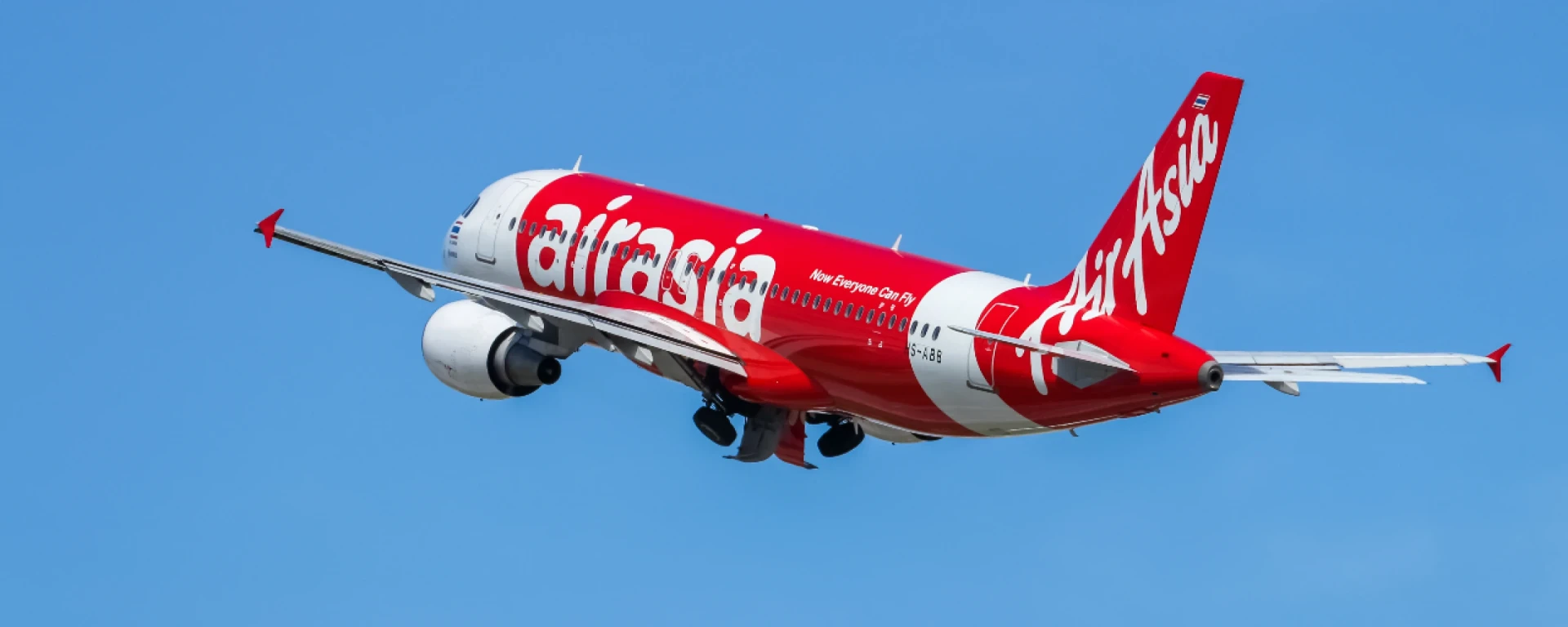
Climate Change Crisis
Commitment
Aiming to achieve Net Zero by 2050, Thai AirAsia has set goals to progressively intensify its environmental management policy on a yearly basis.
The Company’s policies, operations and adoption of new technologies and know-how are all geared towards minimising and controlling the greenhouse gas emissions (GHG) into the atmosphere.

Net Zero Strategy
The Company continues to work towards the same short-term objective, which was set in 2022: bringing down the amount of carbon dioxide emissions per revenue passenger kilometre to 3 gCO2/RPK.
In 2023 the amount of carbon dioxide emissions per revenue passenger kilometre is 71.8 gCO2/RPK, which achieves the short-term objective by decreasing 5 gCO2/RPK. Furthermore, the Company has established the following four initiatives in order to achieve its long-term goal of reaching net zero greenhouse gas emissions, or Net Zero, by 2050 includes:
Short-Term Goal
Long-Term Goal
Roadmap Towards Net Zero by 2050
Figure : Thai AirAsia’s pathway to net zero by 2050. CO2 emissions for years 2018-2022 are based on actual data. Figures for 2023 onwards are based on AirAsia Aviation Group Limited’s projections.
1. Fleet Renewal
AirAsia Group has ordered 362 Airbus A321neos to meet our fleet replacement and expansion requirements through to 2035. The aircraft has 236-single-class seating, carrying 56 more passengers than the A320s, while using approximately 15-20% less fuel. Overall, this approach will cut carbon emissions by up to 24% compared to the current A320 fleet. The newer aircraft are to be gradually incorporated starting in 2024 with plans being to receive 3-5 models each year until the entire fleet is replaced in 2035.
2023 Fleet Distribution
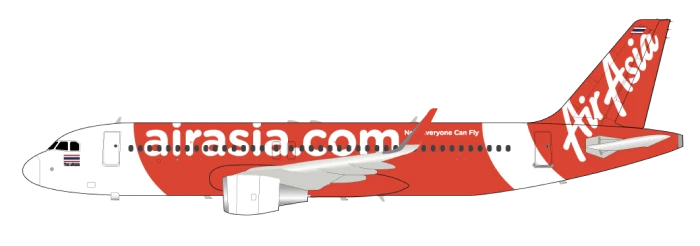
A320ceo
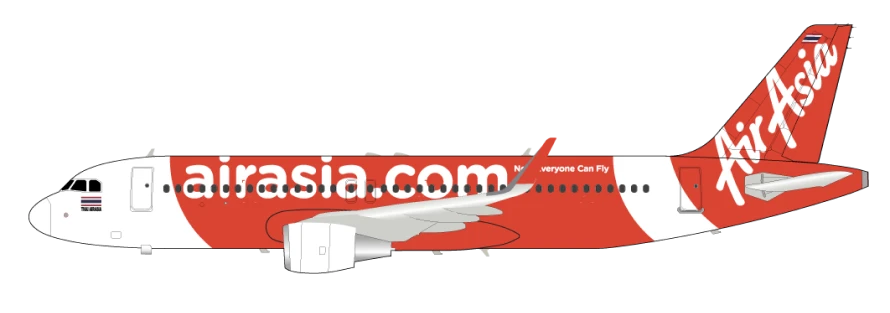
A320neo

A321neo
2. Operational Efficiency
Thai AirAsia’s fuel efficiency programme underpins our emissions reduction efforts. The Company tries to maintain the lowest carbon intensity measures as much as possible through continuous efforts to reduce fuel consumption, both to lower our operational costs and carbon footprint.
The Company apply over fifteen green operating procedures with the main ones mentioned below:
Operational Eco-Efficiency
The Average amount of Reduced CO2 from each Procedure
Our Pilots Fly “Safe and Save”

Data: 2023

3. Sustainable Aviation Fuel
Adoption of Sustainable Aviation Fuel (SAF) in the place of JET A-1 fuel to further reduce carbon emissions. SAF is a biofuel that provides an alternative to fossil fuels. Appropriately proportioned usage of SAF can reduce carbon emissions by 80% compared to Jet A-1 fuel. However, due to SAF costing approximately three times that of traditional fuel options, It has yet to significantly airlines using SAF for commercial domestic flights. Studying data provided by the manufacturer of the Airbus 320 aircraft, which make up the majority of the Thai AirAsia fleet, the Company found that the planes can accommodate SAF at a proportion of 50%.
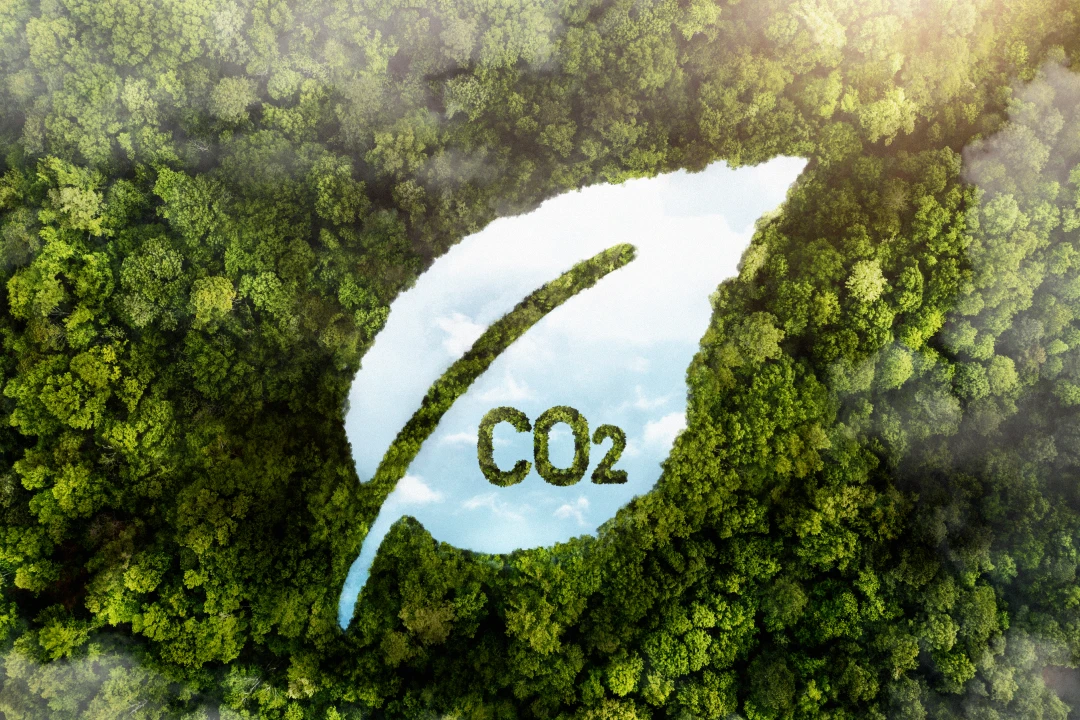
4. Acquisition of Carbon Offsetting Credits
In 2023, global aviation companies, including Thai AirAsia, started to return to a similar operation to that of 2019, or prior to the COVID-19 pandemic. This led to many airlines seeking carbon credits to offset their emissions to comply with the International Civil Aviation Organization (ICAO) requirement for carbon credits to be acquired if a carrier’s emissions exceed its set baseline.
In terms of cooperation with the state, Thai AirAsia participated in the Aviation Sector Climate Change Panel of the Civil Aviation Authority of Thailand (CAAT) for drafting of an aviation energy conservation and carbon emissions reduction action plan. At the same time, the Company strictly adheres to CAAT requirements and procedures, submitting reports on aircraft fuel consumption, carbon emissions, and complying with the aviation energy conservation and carbon emissions reduction action plan.
Scope 1 Emissions
| Scope 1 from Flight Operations | 2021 | 2022 | 2023 |
|---|---|---|---|
| Fuel usage (Tonnes) | 64,205 | 209,741 | 453,025 |
| GHG emissions (Tonnes of CO2) | 202,889 | 662,780 | 1,431,561 |
The disclosure of Scope 1 emissions by Thai AirAsia does not include ground operations. Fuel usage for flight operations is calculated using the CORSIA Block-On, Block-Off methodology. The Company evaluates GHG emissions in accordance with Thailand Greenhouse Gas Management Organization (TGO) standards and calculates emissions by referencing the ICAO standard Emission Factor. In the future, Thai AirAsia plans to upgrade its transport vehicles and parking devices to electrical operation to further reduce GHG emissions. The Company is studying the feasibility of this aspiration and consulting with future stakeholders.
Scope 2 Emissions
The disclosure of Scope 2 emissions by Thai AirAsia covers emissions associated with energy usage at its Don Mueang hub and AirAsia Academy (other hubs and stations are not included.) Evaluations and estimates of emissions are in accordance with TGO standards
| Scope 2 from Energy Usage at Don Mueang Airport* | 2021 | 2022 | 2023 |
|---|---|---|---|
| Electricity usage (kilowatt hours) | 1,858,859 | 1,558,989 | 4,003,543 |
| GHG emissions (Tonnes of CO2) | 929.2 | 671.92 | 1,725.53 |
*Usage data in 2023 includes energy consumed by AirAsia Academy
Scope 3 Emissions
Scope 3 - Category 3 fuel and energy not included in Scope 1 and 2
Scope 3 - Category 6 indirect carbon emissions from business travel and the business travel of employees and management in relation to Company affairs
The Company began tracking Scope 3 emissions in 2022. Scope 3 emissions comprise upstream jet fuel production by suppliers and employee business travel. The Company expects to include additional categories as highlighted in the GHG Protocol in the future.
| Scope 3 from Upstream Jet Fuel Production by Suppliers and Employee Business Travel | 2021 | 2022 |
|---|---|---|
| GHG emissions (Tonnes of CO2) | 143,190.8 | 309,255.6 |
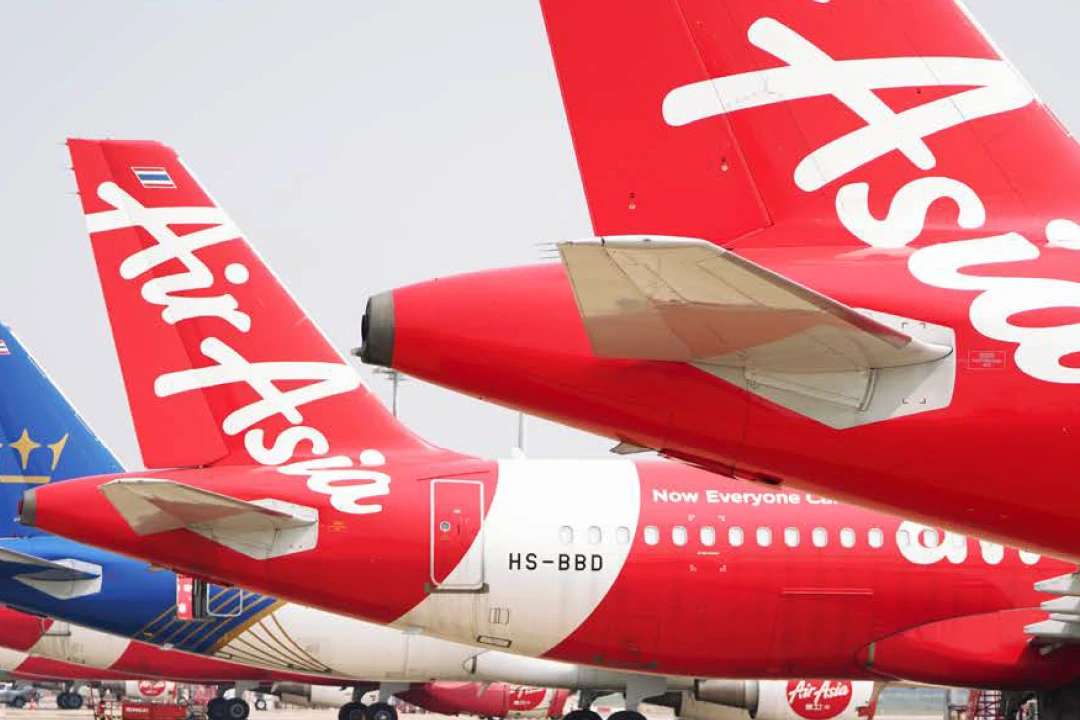
Future Plans
AirAsia Group accelerated its preparations for the new CORSIA First Phase at the beginning of 2024, building on the work started the previous year. The decrease of the CORSIA emissions cap for its Member States to 85% of 2019 levels marks a substantial shift from the previous phase to the current one.
Since most industry projections indicate that the international aviation market will fully recover by 2024, AirAsia Group's primary goal will:

